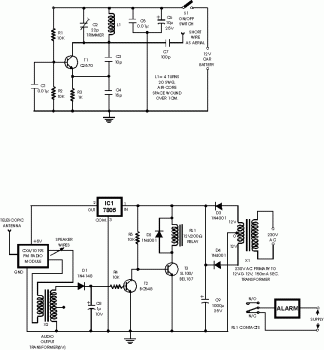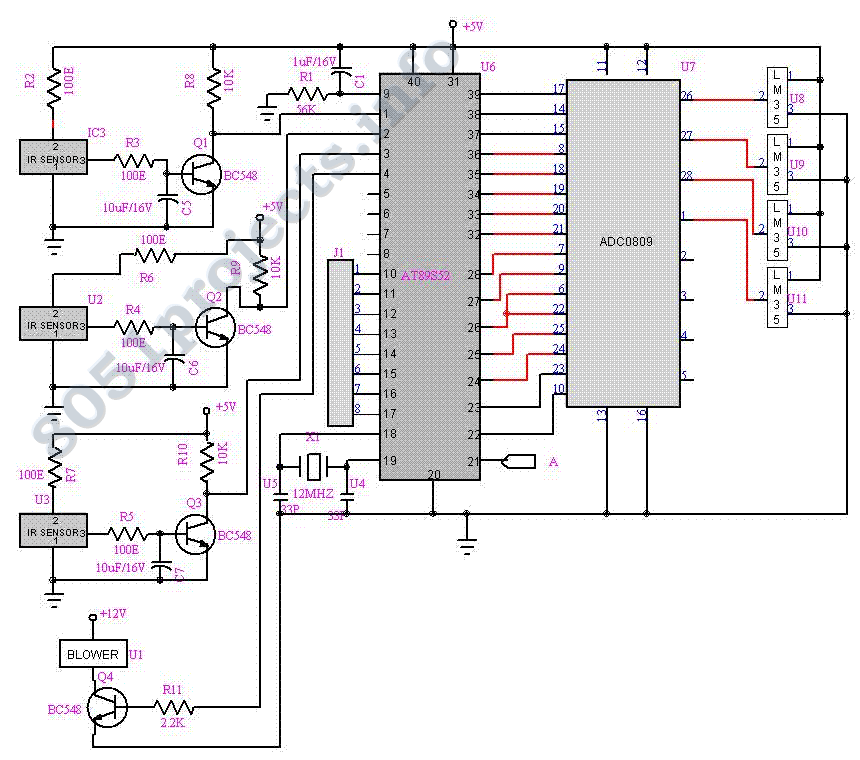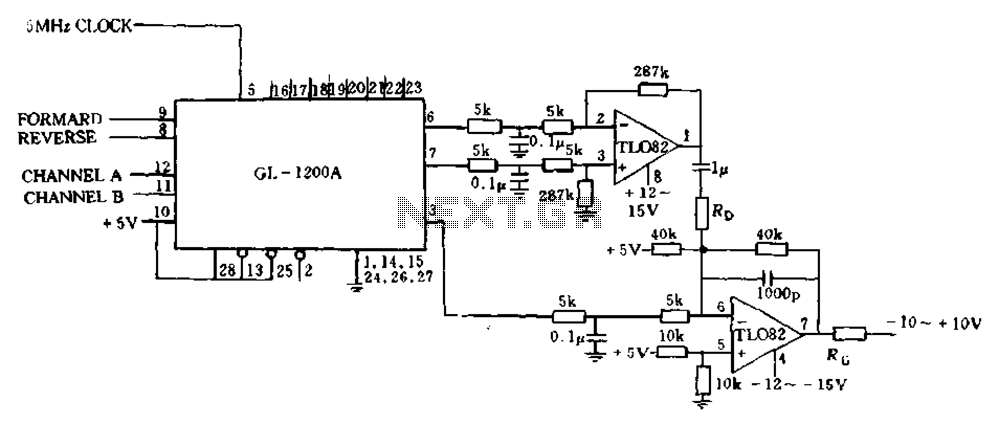
TDA7377 class AB car radio amplifier circuit design electronic project

In practical applications, a series resistance must always be included. This component serves the dual purpose of limiting the current at pin 7 and smoothing the ON/OFF transitions during standby.
In electronic circuits, particularly those involving integrated circuits (ICs) or microcontrollers, the inclusion of a series resistor at specific pins is a common design practice. The resistor's primary function is to limit the current flowing into sensitive components, such as pin 7 in this case. Excessive current can lead to overheating, damage, or malfunction of the device. Therefore, selecting an appropriate resistor value is critical, typically determined by the maximum allowable current specified in the device’s datasheet.
Additionally, the series resistor plays a significant role in managing the switching characteristics of the circuit. During the transition between ON and OFF states, the resistor helps to smooth out the voltage changes, reducing the likelihood of voltage spikes that can adversely affect the operation of the circuit. This smoothing effect is particularly important in applications where the circuit must maintain stable performance during standby modes, ensuring that the device can quickly and reliably resume full operation when activated.
When designing the circuit, it is essential to consider the resistor's power rating, which must be sufficient to handle the power dissipated during operation. The power dissipated can be calculated using the formula P = I²R, where P is the power in watts, I is the current in amperes, and R is the resistance in ohms.
In conclusion, incorporating a series resistance at pin 7 is a vital aspect of circuit design that enhances both the protection of the component and the overall stability of the system during standby transitions.In practical cases a series resistance has always to be inserted, having it the double purpose of limiting the current at pin 7 and to smooth down the stand-by ON/OFF 🔗 External reference
In electronic circuits, particularly those involving integrated circuits (ICs) or microcontrollers, the inclusion of a series resistor at specific pins is a common design practice. The resistor's primary function is to limit the current flowing into sensitive components, such as pin 7 in this case. Excessive current can lead to overheating, damage, or malfunction of the device. Therefore, selecting an appropriate resistor value is critical, typically determined by the maximum allowable current specified in the device’s datasheet.
Additionally, the series resistor plays a significant role in managing the switching characteristics of the circuit. During the transition between ON and OFF states, the resistor helps to smooth out the voltage changes, reducing the likelihood of voltage spikes that can adversely affect the operation of the circuit. This smoothing effect is particularly important in applications where the circuit must maintain stable performance during standby modes, ensuring that the device can quickly and reliably resume full operation when activated.
When designing the circuit, it is essential to consider the resistor's power rating, which must be sufficient to handle the power dissipated during operation. The power dissipated can be calculated using the formula P = I²R, where P is the power in watts, I is the current in amperes, and R is the resistance in ohms.
In conclusion, incorporating a series resistance at pin 7 is a vital aspect of circuit design that enhances both the protection of the component and the overall stability of the system during standby transitions.In practical cases a series resistance has always to be inserted, having it the double purpose of limiting the current at pin 7 and to smooth down the stand-by ON/OFF 🔗 External reference





